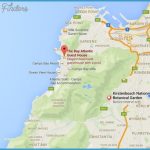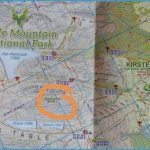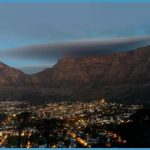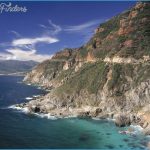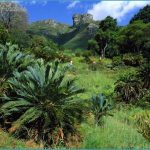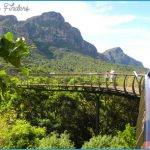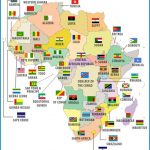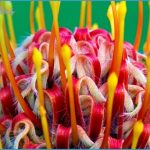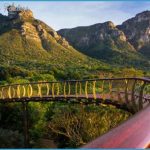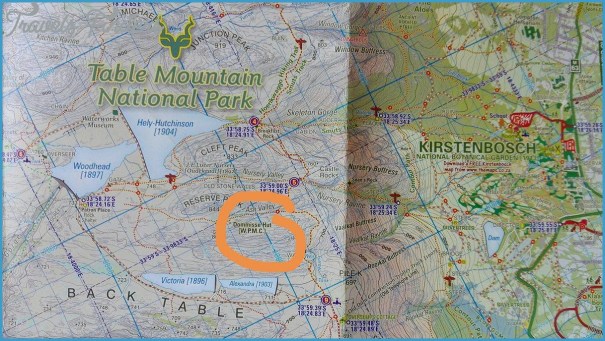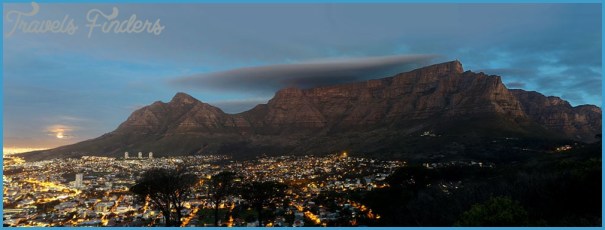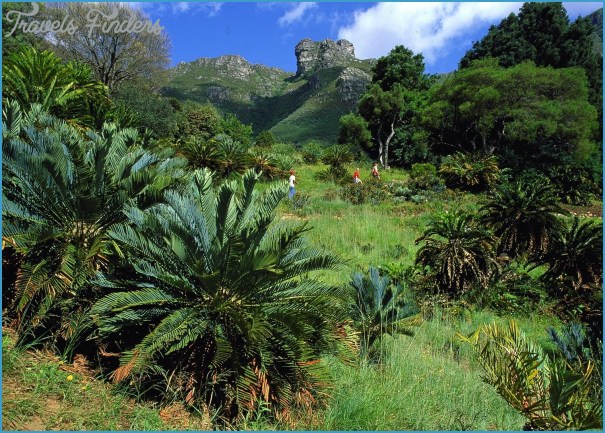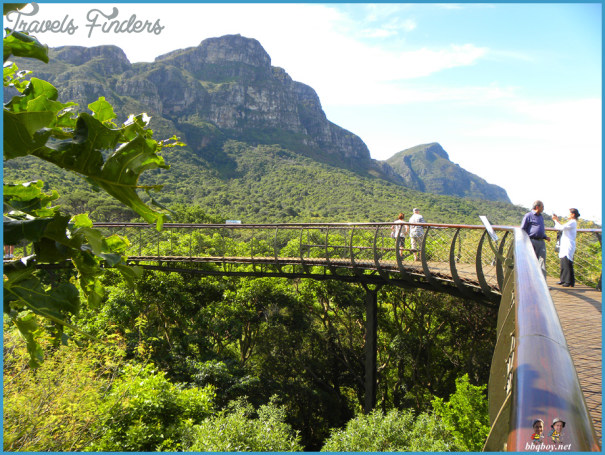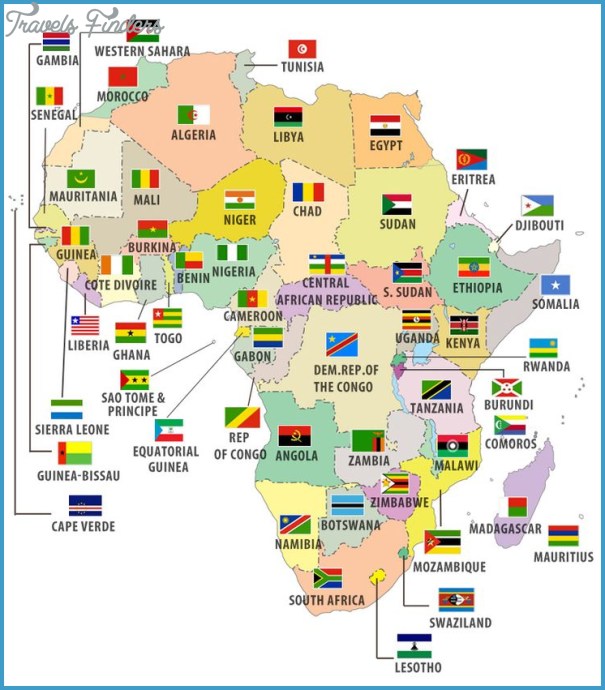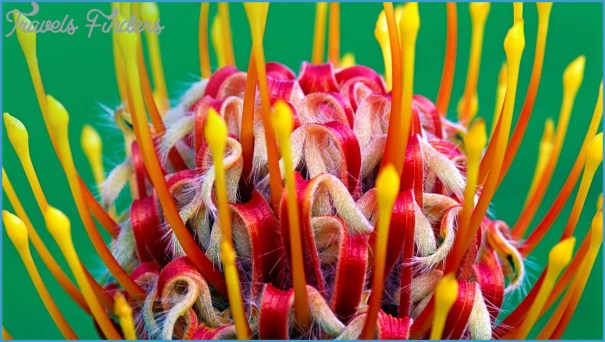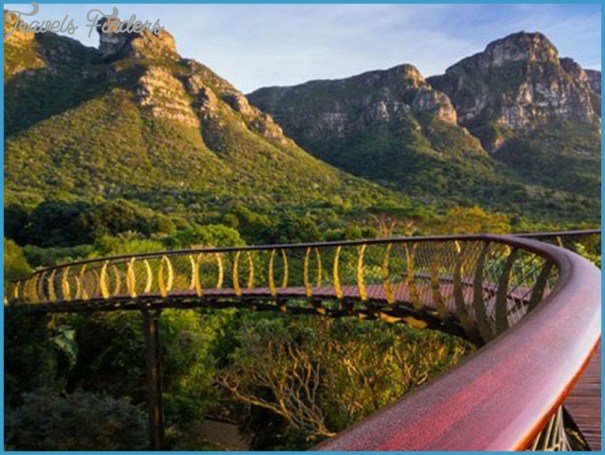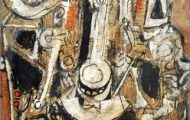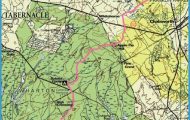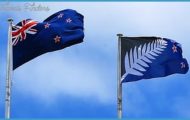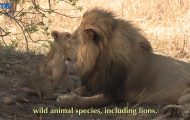Expanded Public Works Programme – a new restaurant, Visitors’ Centre and Conference Centre were completed in 2008.
The main vegetation of the Garden is Gold Reef Mountain Bushveld – a mosaic of grassland and savanna, with a dense woodland of White Stinkwood Celtis africana along the course of the Crocodile River. The slopes of the northeast-facing escarpment that forms the backbone of the Garden have mixed savanna woodland, with a great diversity of bushveld trees, grasses and forbs and, remarkably, the last surviving population of Mountain Reedbuck in Gauteng. Some 458 plant species grow naturally in the Garden, with another 852 species in the living collections.
Kirstenbosch Map And Flag Photo Gallery
The soils and climate have proved suitable for aloes and other succulents, and the winter display of reds, golds, mustards and yellows of the dozens of species of aloe in the Garden is among the best in the NBG network. Birds are prolific, with no fewer than 243 species having been recorded here.
A unique and appropriate feature in the Garden is the Geological garden. Built with the cooperation of the Geological Society of South Africa, and with the support of several mining houses, the garden displays massive specimens of the geological formations that underpin the country’s history, and its economy, as one of the richest mineral producers globally.
Spring flowers bring the Hantam National Botanical Garden to life.
When Masson and Thunberg trekked through the remote and rough hills and plateaus of the Bokkeveld in 1774, they had no expectation that the fascinating plants that they were collecting would become the subject of international interest two centuries later, nor that the region would become known as the Bulb Capital of the World’.
The whole of the west coast of South Africa has long been known for its spectacular spring wild-flower displays. Flower tours of Namaqualand, the Knersvlakte and the Bokkeveld Plateau have been popular for many decades. The cold Bokkeveld Plateau, lying at between 750 and 1 400 metres above sea level, is home to 1 350 species of plant, including 83 narrow endemics, found here and nowhere else. What makes the Bokkeveld Plateau especially interesting is the massive diversity of bulbous plants (geophytes) to be found in this small area. Some 309 species, in the families Amaryllidaceae, Iridaceae and Hyacinthaceae, have thus far been recorded – more than in the combined Mediterranean-climate regions of California, Chile and Australia. The stunning diversity of its flowers and nature’s extravagant displays have made the Bokkeveld Plateau a popular destination among plant scientists.

